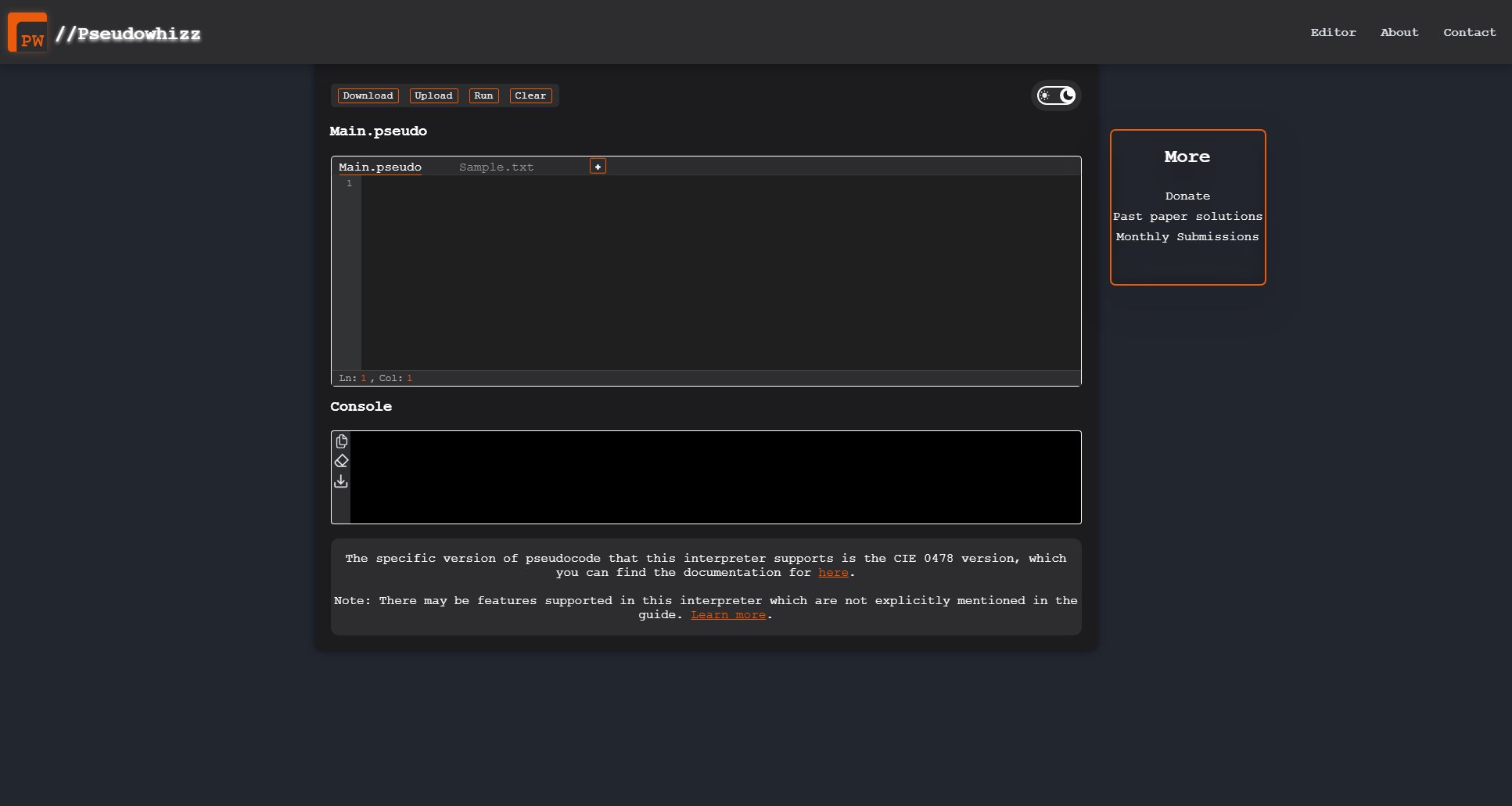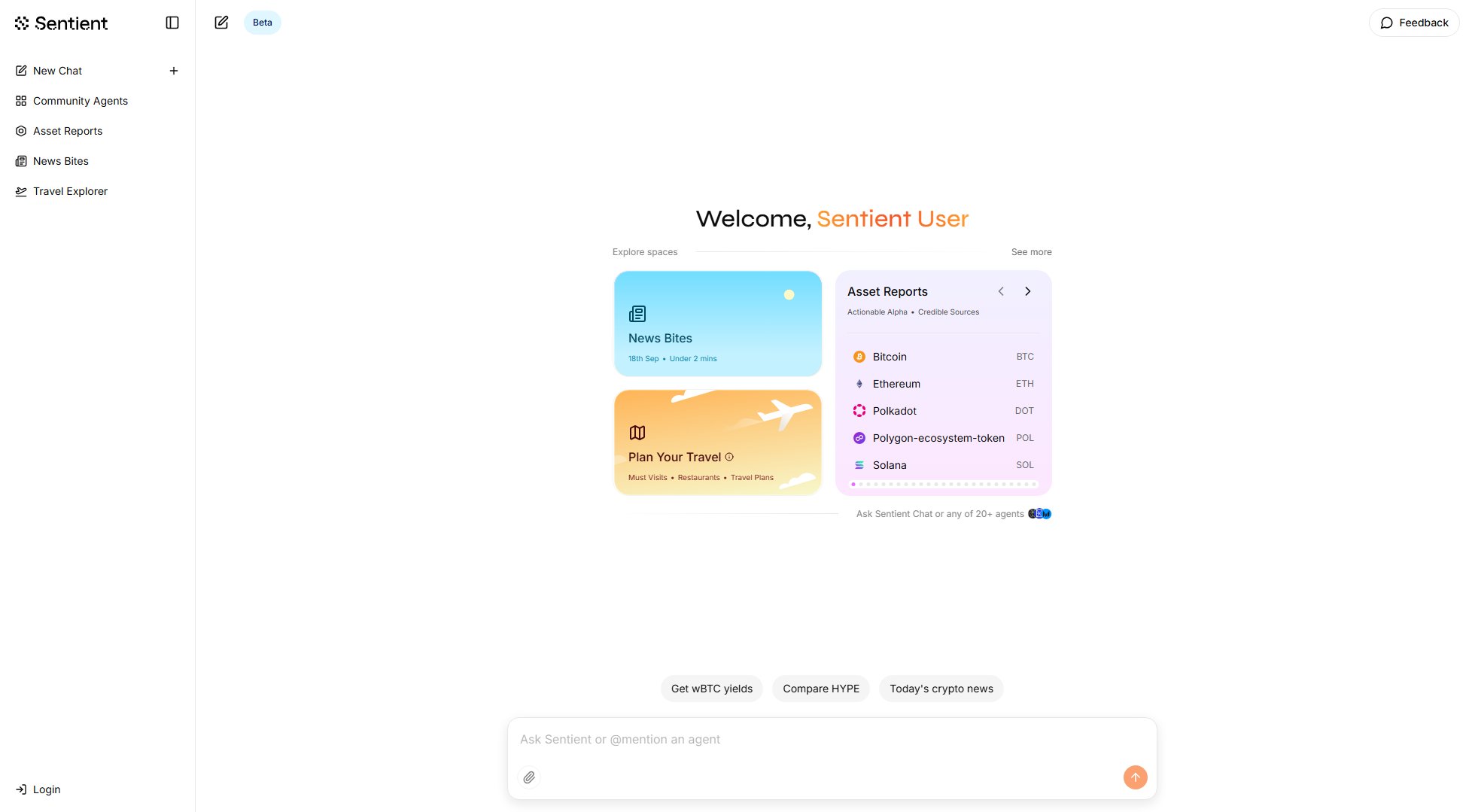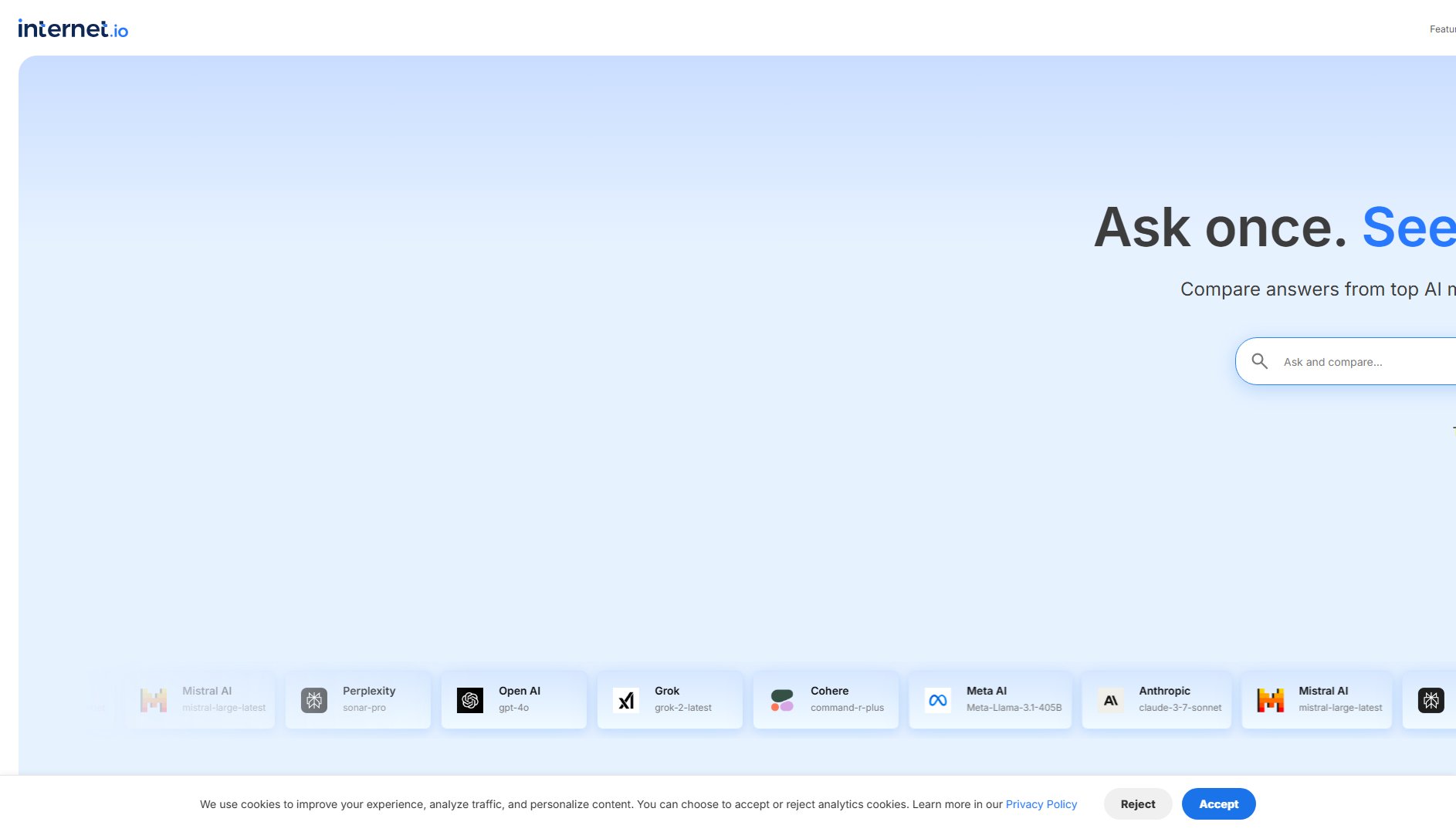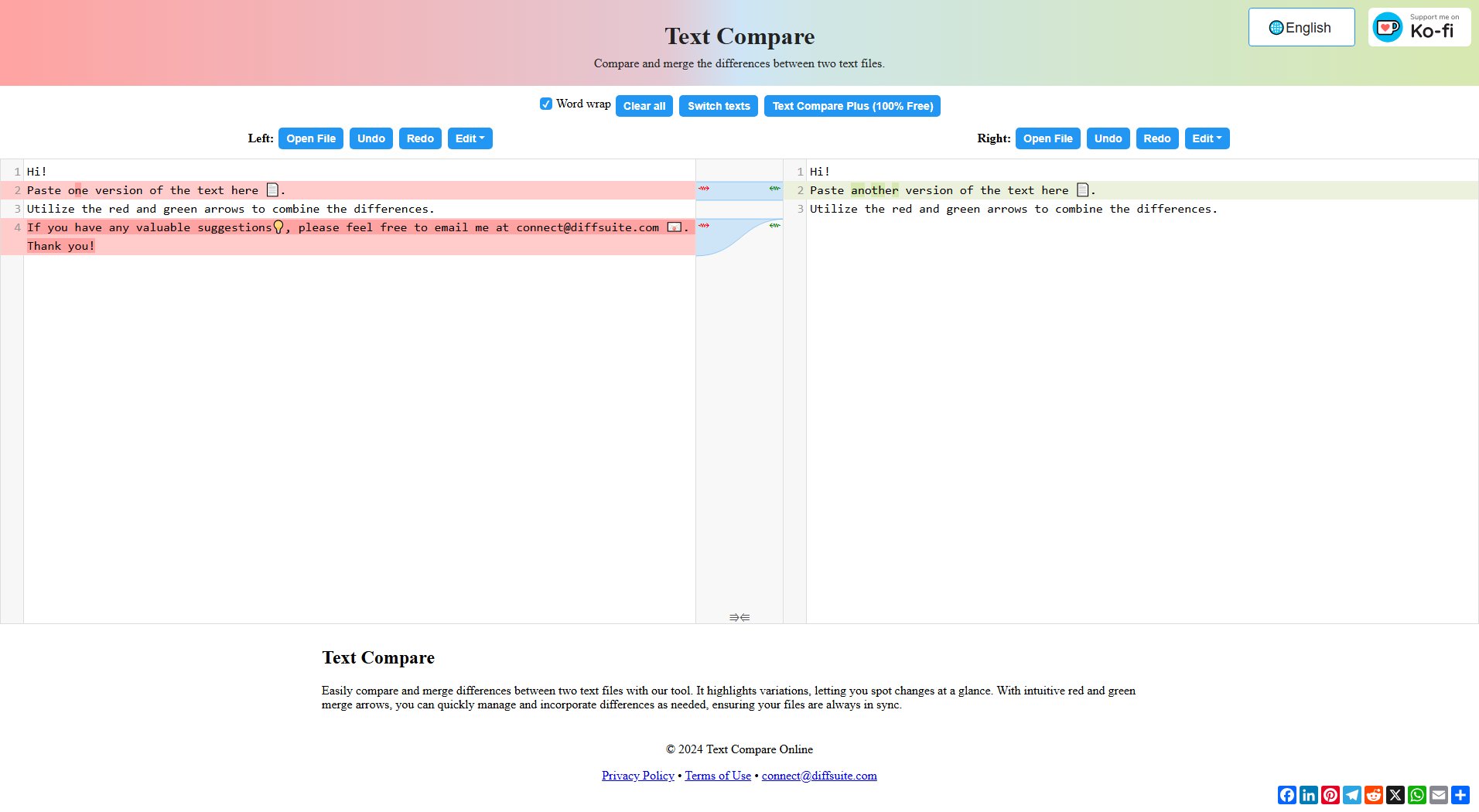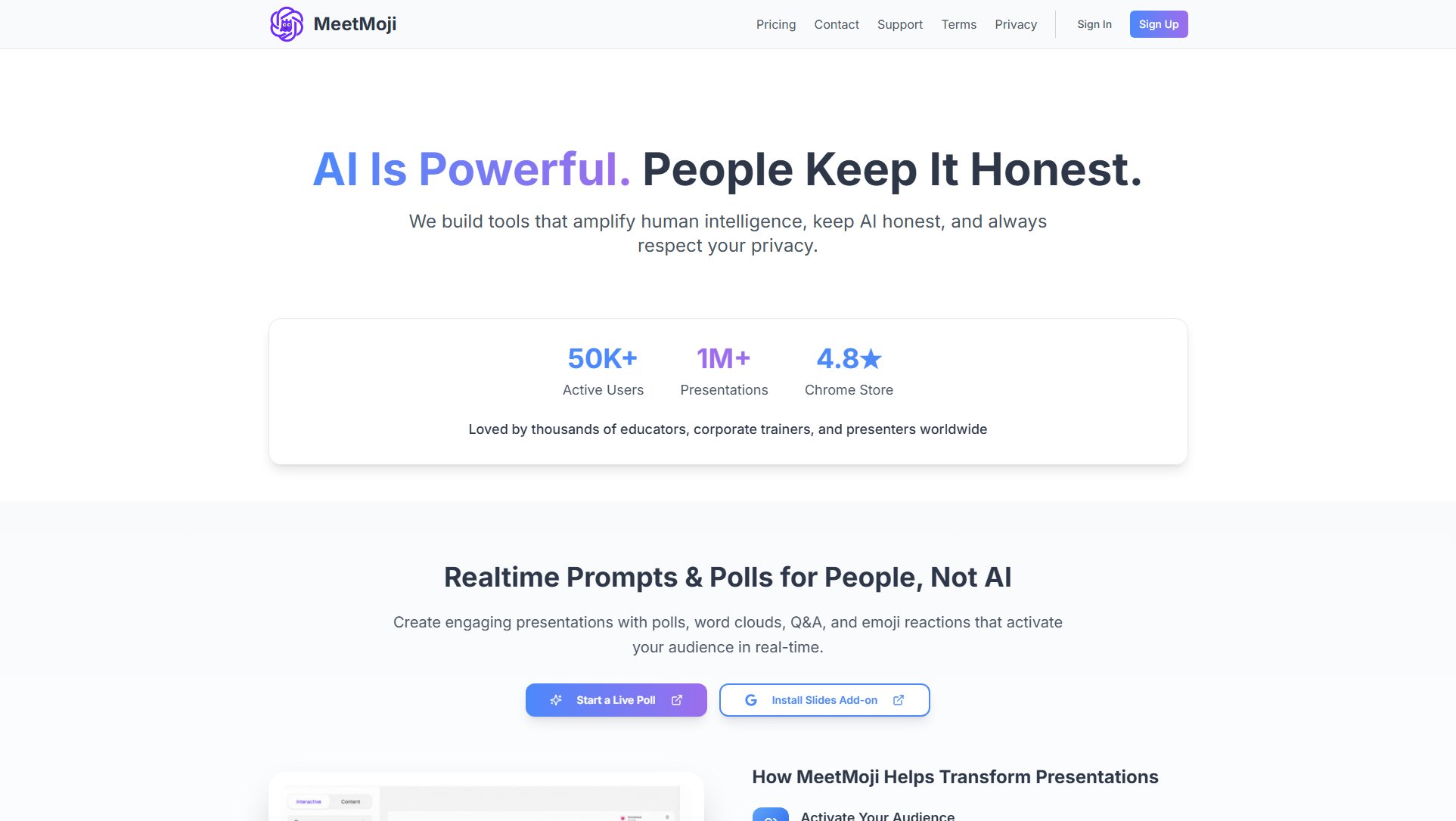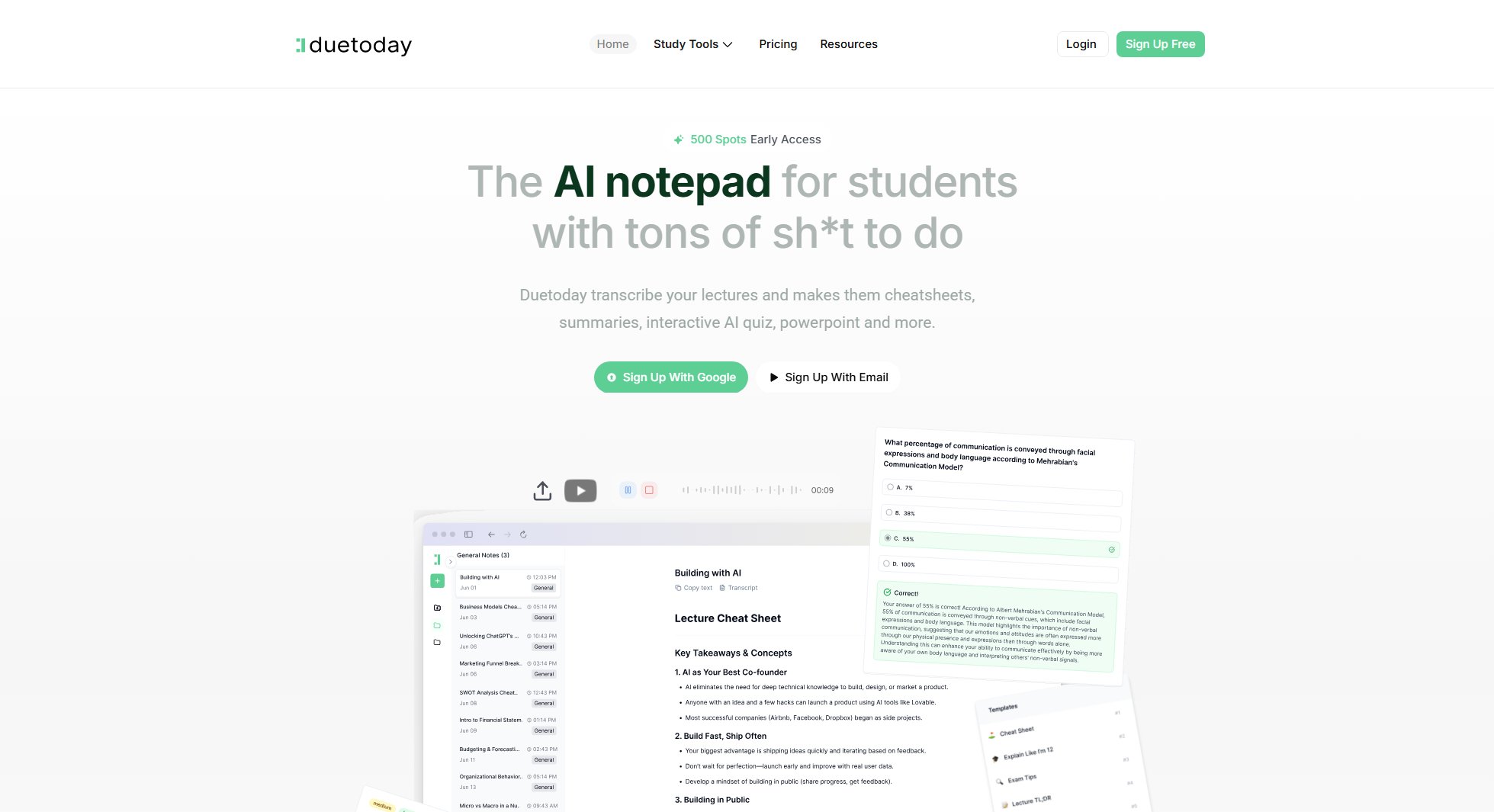Brickit
Build new creations from your old bricks with AI
What is Brickit? Complete Overview
Brickit is an innovative mobile app that helps LEGO enthusiasts and builders of all ages rediscover the joy of building with their existing brick collections. By simply scattering your bricks and taking a photo, Brickit uses advanced AI to scan and identify all the pieces, then suggests hundreds of creative building ideas tailored to your specific collection. The app not only provides inspiration but also guides you through the building process by showing the exact location of each required piece. This solves the common problem of having a large collection of bricks but lacking ideas or struggling to find specific pieces. Brickit is perfect for casual builders, LEGO enthusiasts, parents looking for creative activities with their children, and educators using LEGO for STEM learning.
Brickit Interface & Screenshots
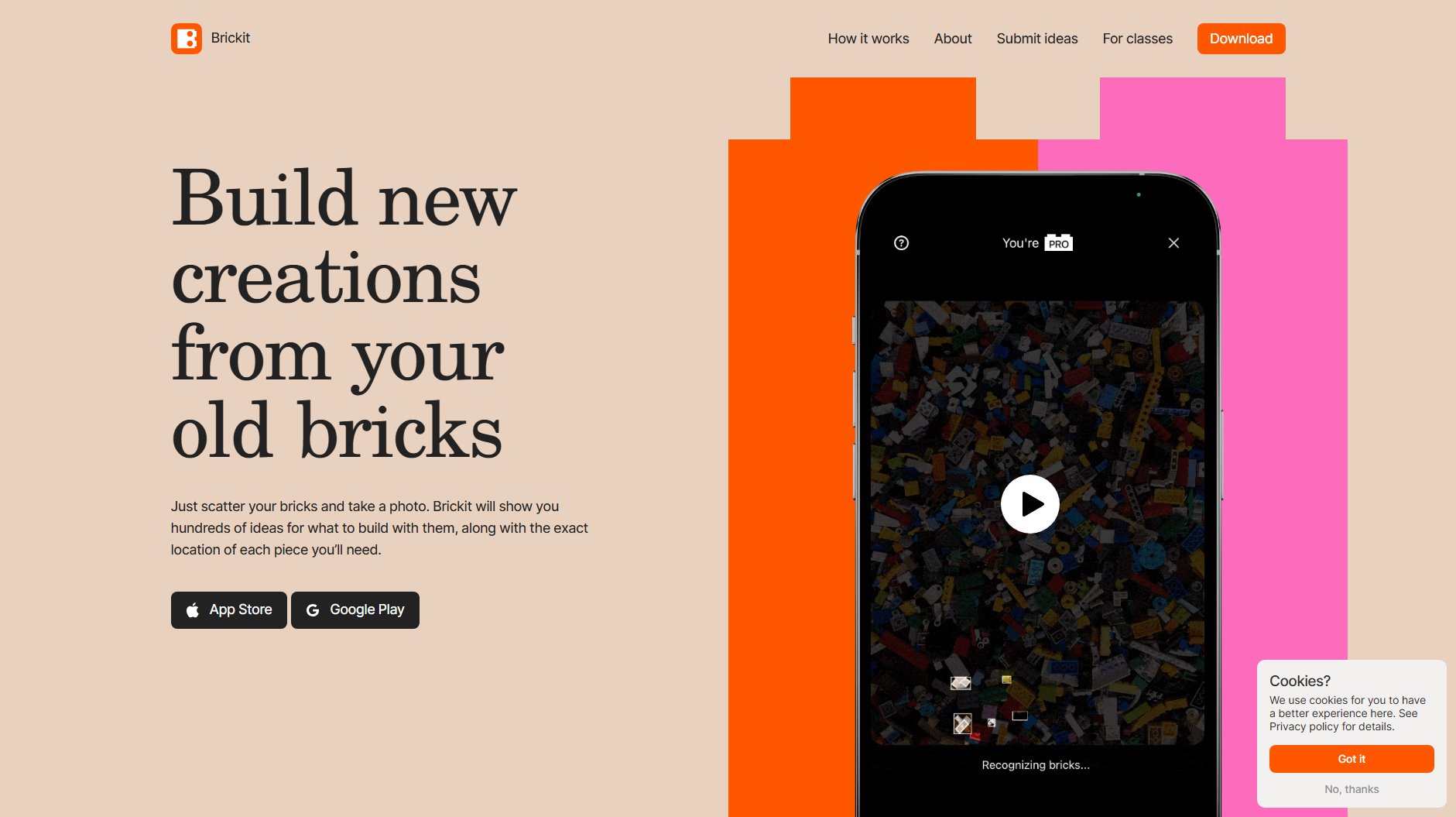
Brickit Official screenshot of the tool interface
What Can Brickit Do? Key Features
AI-Powered Brick Scanning
Brickit's advanced computer vision technology can recognize and catalog hundreds of LEGO pieces in seconds. Just scatter your bricks on a flat surface, take a photo, and the app will identify all available pieces with remarkable accuracy.
Personalized Building Suggestions
The app analyzes your available bricks and suggests hundreds of building ideas that you can actually create with what you have. Suggestions range from simple models to complex creations, all tailored to your specific collection.
Piece Location Guide
For each suggested build, Brickit shows you exactly where each required piece is located in your scattered collection, saving you the frustration of searching through piles of bricks.
Step-by-Step Instructions
Many builds come with detailed, step-by-step instructions similar to official LEGO sets, making the building process accessible even for beginners.
Collection Management
Brickit helps you keep track of your LEGO inventory, making it easier to know what pieces you have available for future projects.
Best Brickit Use Cases & Applications
Family Creative Time
Parents can use Brickit to quickly set up engaging building activities with their children, eliminating the frustration of not knowing what to build or where to find pieces.
LEGO Organization
For collectors with large, disorganized LEGO collections, Brickit serves as a digital inventory system that helps locate specific pieces when needed.
Educational Tool
Teachers can use Brickit in STEM education to quickly create building challenges using available school LEGO resources, fostering creativity and problem-solving skills.
LEGO Party Activity
Party hosts can use Brickit to create instant building stations where guests can quickly find fun projects to build with available bricks.
How to Use Brickit: Step-by-Step Guide
Gather your LEGO bricks and scatter them on a flat, well-lit surface. Make sure pieces aren't stacked or overlapping for best scanning results.
Open the Brickit app and use the camera function to take a photo of your scattered bricks. The app will automatically scan and identify all visible pieces.
Browse through the suggested builds that match your available pieces. The app will show you how many of the required pieces you have for each model.
Select a build you like and follow the on-screen guide that shows exactly where each required piece is located in your scattered collection.
Start building! The app provides step-by-step instructions for many models, helping you bring your creation to life.
Brickit Pros and Cons: Honest Review
Pros
Considerations
Is Brickit Worth It? FAQ & Reviews
Yes, Brickit is available for both iOS and Android devices. You can download it from the App Store or Google Play Store.
Brickit recognizes most standard LEGO pieces, including bricks, plates, tiles, and minifigure parts. Very small or specialized pieces might not be recognized.
Yes, the app allows you to save your scanned collections for future reference and building projects.
An internet connection is required for the initial brick scanning and model suggestion process, but some features may work offline after the initial scan.
